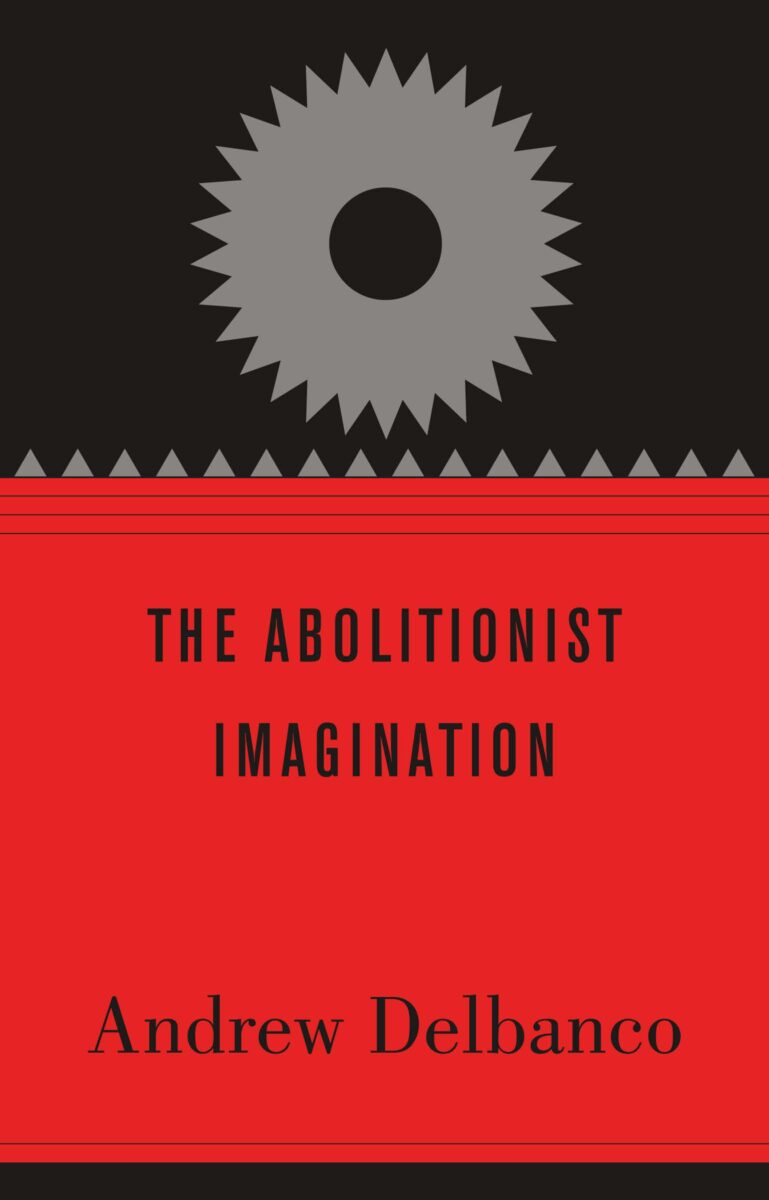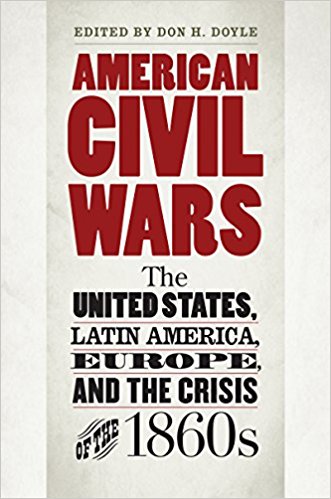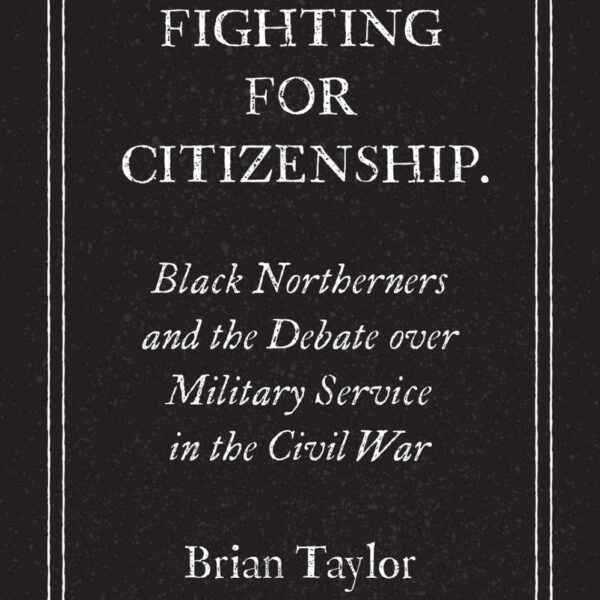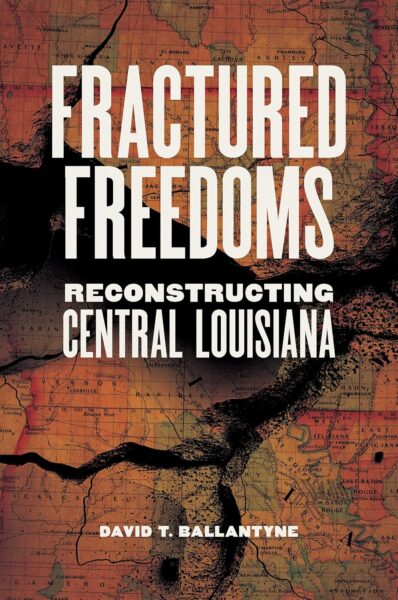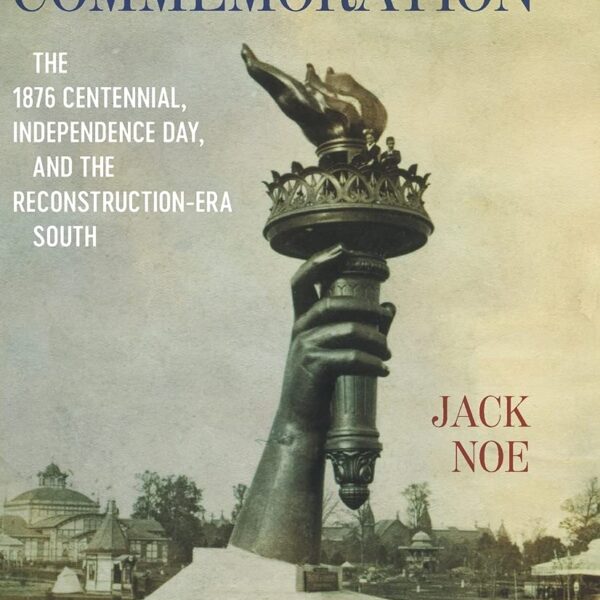This call and response volume grew from the Alexis de Tocqueville Lectures on American Politics at Harvard. Andrew Delblanco provoked and the other authors responded.
Delbanco, a literary historian, holds named chairs in both American Studies and the Humanities at Columbia. I have not read his work before, but he clearly is an influential figure in his field. I am, of course, chary of drawing any conclusions about his wide-ranging scholarship from this lecture. But standing on its own it is one of the most annoying and ill-informed excursions into the study of abolitionism I have ever read.
Delbanco attempts to resurrect the ideology of generations of scholars, ending around 1960, notably Avery Craven (whom he may not have read), who found the abolitionists to be reprehensible religious extremists, ideological zealots, and blunderers who destroyed the vital center of American politics, thus serving as the central agents of the coming of the Civil War. Moreover, Delbanco seeks to reconstruct the abandoned essentialist edifice of the “American character” approach to American Studies, urging us to believe that there is a grand American theme, a “persistent impulse in American life,” from the abolitionists to the current religious right, consisting of determined, dangerously single-minded radicals seeking to impose their absolute beliefs on the country (3). For Delbanco, this impulse leads only to destruction in the name of truth.
Surely this book should have been called the abolitionist “temperament,” as according to Delbanco, abolitionists used only ideological brickbats rather than imagination. Delbanco’s insistently tepid temperament is opposite to the one he finds in perfervid reformers. He prefers Arthur Schlesinger Jr.’s ancient formulation of vital centrism, and believes that our forebears should have clung to the task of seeking compromise to save the Union. Averse to those who engaged and acted against the evil system of slavery, he prefers historical figures that took the detached road of cool and mature “articulate ambivalence.” This phrase was the essential faith of Delbanco’s critical forebear and hero, Lionel Trilling (36).
Not delving into any of the complexities of abolitionist intellectual and political history (about which Aileen Kraditor long ago wrote so richly and brilliantly in Means and Ends in American Abolitionism [1969]), Delbanco simply lumps them all together as religious extremists. In contrast to these Dangerous Radicals he abhors, Delbanco identifies with his subjects when he discusses the necessarily ambivalent Great Artist Nathaniel Hawthorne and Herman Melville, taking them as his texts concerning the tragic difficulties of living like a grown-up in a slave compromised American society. His ideal politician is Daniel Webster, who showed great centrist courage in supporting the Fugitive Slave Law “as the last chance to save the Union” (39). Rather than actually reading the literature produced by grubby abolitionists, Delbanco focuses on praise for the greatest artists, and a select company of politicians, who sought to preserve the Union through compromise.
Focusing on a few novelists is another resurrection project—rescuing the Great White Writer canon from all those black writers and scribbling women now taken seriously in courses about slavery and abolition. Delbanco explicitly follows Lionel Trilling, who left the Communist Party in the 30s but remained in the vital middle, remaining fearful above all of “cruelty performed in the name of truth” (37). This is the Delbanco temperament at the heart of his supercilious literary essay.
Happily, the subsequent commentators actually discuss the abolitionists and place them in their historical context. As both John Stauffer and Manisha Sinha discuss in their rebuttals, it is truly remarkable that Delbanco selects a few texts demonstrating how he thinks the best American writers responded with realistic ambivalence to the problem of slavery, without even mentioning black people or pro-slavery ideologues and post war white supremacists, as if only intellectually virulent abolitionists moved the nation toward war. Indeed, in his search for a long-term radical branch of the “American character,” Delbanco draws a line from the abolitionists through Martin Luther King to the religious right of today. As Sinha points out, it was the pro-slavery writers who were the forebears of the current, mainly southern, religious right, while the abolitionist line, if there is one, turned to Christian universalism and Christian socialism. And as for causing the Civil War, surely proslavery fire-eaters drove the nation toward secession to a greater degree than the abolitionists. Delbanco ought to have given that some thought, just as he should have actually analyzed some of the rich variety of abolitionist texts before making his sweeping value judgments.
None of the critics point out that many of the abolitionists were in fact come-outers—believing organized religion was fatally contaminated by compromise with slavery. They were hardly Christian zealots inside religious institutions.
Stauffer tellingly analyzes Nathaniel Hawthorne’s considerable white racism, including his 1852 biography of his dear friend, the pro-southern Franklin Pierce. Stauffer argues that Melville belongs on the antislavery side of the equation. He also points out that Trilling was indifferent to the question of black people and race relations. None of those omissions trouble Delbanco—in fact he adopts them, just as if he were seeking to return to 1950, there to sit across the desk from Lionel Trilling.
Well the center did not hold—in fact, as Stauffer reveals, by 1860, the center was hollowed out, and not just by the abolitionist side. American political institutions were much too weak to keep the nation together—another context missing entirely in Delbanco—when southern push came to northern shove. Hand-wringing ambivalence about slavery was simply no longer a meaningful political stance, even if most people never wanted the war to come. There was a powerful and destructive political dialectic at work destroying the Union, about which Delbanco seems entirely unaware.
To some extent, taken as a whole, this set of essays treats abolitionists either as good guys or bad guys when all is said and done. I don’t sense much ambivalence in Delbanco’s take on his subjects. Stauffer puts it nicely: for him Andrew Delbanco seems “almost an absolutist in his opposition to idealism.” In contrast the remaining four authors take the abolitionists seriously, at times backing into a defensive posture concerning their subject’s humanity.
Of course the Civil War was enormously costly, and it failed to solve the underlying issue of racial justice. Southern whites regrouped in the twelve years after the war, using terrorism to impose a brutal white racist regime over black people. This occurred in part because no group in the North stuck with Radical Reconstruction, not even most of the former abolitionists. Even when they were more united before the war, they never were really all that coherent. I believe Sinha exaggerates when she concludes that “the abolitionists” all shared a “principled commitment to black equality” (95). Some did, but others focused on the sin of slavery, or the danger of slavery to white people, and the movement lost coherence after emancipation was achieved. So we need not defend the abolitionists for what we wish they might have been, while we can admire them for standing up for freedom in a slave nation even as the finest novelists sat on the sidelines and agonized about the issue. Or maybe they just lived with it rather comfortably, ambivalent as they were. Most Americans did.
Delbanco’s stereotyping and judgmental essay strikes me as a demonstration of how old-fashioned liberalism can be turned into what amounts to morally determined, preachy neo-conservatism, whether intentionally or not. I share Sinha’s reaction that this is a condescending argument, written down from the Arcadian coolness of Morningside Heights. Many social evils are just that, and refusing engagement with the horrors of slavery at the heart of a presumably democratic republic because one experiences distaste with the anger of those willing to take on the evil institution does not strike me as a great victory for adulthood and citizenship, either for Hawthorne or for Delbanco.
Michael Fellman is Professor of History, Emeritus, at Simon Frasier University in Vancouver, British Columbia. He is most recently the author of In the Name of God and Country: Reconsidering Terrorism in American History (2010) and Views From the Dark Side of American History (2011).
